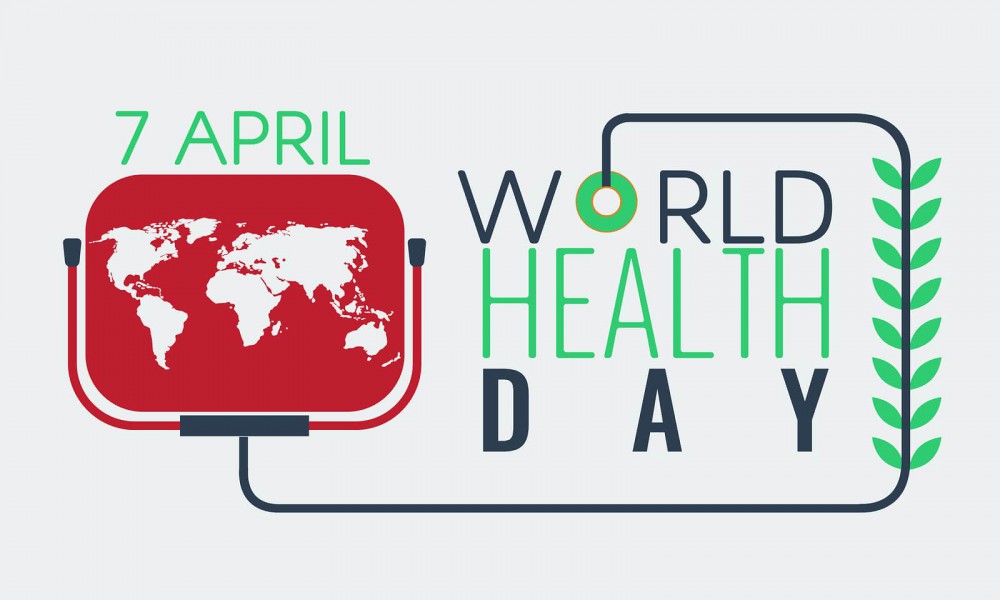
Someone’s birthday is coming up.
Forty-eight years ago, diplomats from the United Nations got together and founded a global health organization. They called it the World Health Organization, founded it on April 7, 1968, and every year since, they commemorate the event with World Health Day.
Every World Health Day focuses on a new theme – an area of public health worth highlight.
The big theme of 2016? Diabetes.
It’s on the rise, and the WHO wants to increase awareness. World Health Day is about showing people how to prevent diabetes, diagnose it, treat it, and care for those who suffer with it.
Beating #Diabetes
Diabetes is a non-communicable disease – meaning non-infectious or non-transmissible – that directly affects 350 million people all over the world. It is characterized by elevated levels of blood glucose, which can cause serious damage to the heart, blood vessels, eyes, kidneys, and nerves – and it’s not going away.
By 2036, more than 700 million people are expected to contract the disease if no one comes forward to stop it.
That’s why the WHO have made diabetes the focus of World Health Day 2016. The disease doesn’t just affect those who suffer with it; it can also bring significant financial hardships to the friends and families of those who need to miss work for treatment and care.
Type 1 vs. Type 2
What’s the difference between type 1 and type 2 diabetes?
It has to do with glucose.
Glucose is a simple sugar present in all our bodies. It’s typically taken in through carbohydrates, and it provides energy to our cells. Our glucose levels are regulated by a hormone called insulin, which makes sure our cells are getting the appropriate amounts.
Those who suffer from type 1 diabetes don’t make insulin. The people with type 2 diabetes become resistant to insulin. In both cases, glucose floods the bloodstream, and over time, it can seriously damage a person’s organs.
You Might Also Enjoy: Synthetic Insulin Patch Developed to Control Diabetes
Risk Factors
Diabetes.org provides tests and other resources for people who think they might be at risk.
Risk factors include:
Gender – Males run a higher risk for diabetes because, typically, they visit doctors less frequently than females.
Family history – Those with a family history of diabetes are typically at a greater risk of getting diabetes.
High blood pressure – A high blood pressure diagnosis can also increase risk. A healthy blood pressure is below 120/80, while high blood pressure is 140/90 and above.
Age – The older you are, the greater your chances of developing diabetes. Staying active, managing your weight and eating healthy can help limit diabetes risks.
Ethnicity – Certain racial and ethnic groups are more likely to develop type 2 diabetes than others. These include African Americans, Mexican Americans, Pacific Islanders and Asian Americans partly because these populations may be more likely to be overweight and have high blood pressure.
Physical activity – A lack of exercise or physical activity can increase the risk for pre-diabetes, type 2 diabetes, heart disease and stroke. Staying active can significantly lower your risk, while also relieving stress, keeping joints flexible and improve blood circulation.
Body Mass Index (BMI) – A high body mass index can be an indicator of poor health and obesity, and can increase the risk of developing type 2 diabetes, heart disease and stroke.
Prevention and Treatment
Maintaining a healthy weight and lifestyle – one based on balanced nutrition and regular physical activity – can help prevent many cases of type 2 diabetes.
For people who already have diabetes, the WHO recommends them to maintain appropriate blood glucose levels in order to prevent or delay complications like blindness, neuropathy, and kidney disease.
Diabetes can be combated. It can be slowed.
And at World Health Day 2016, the WHO will show us how.









